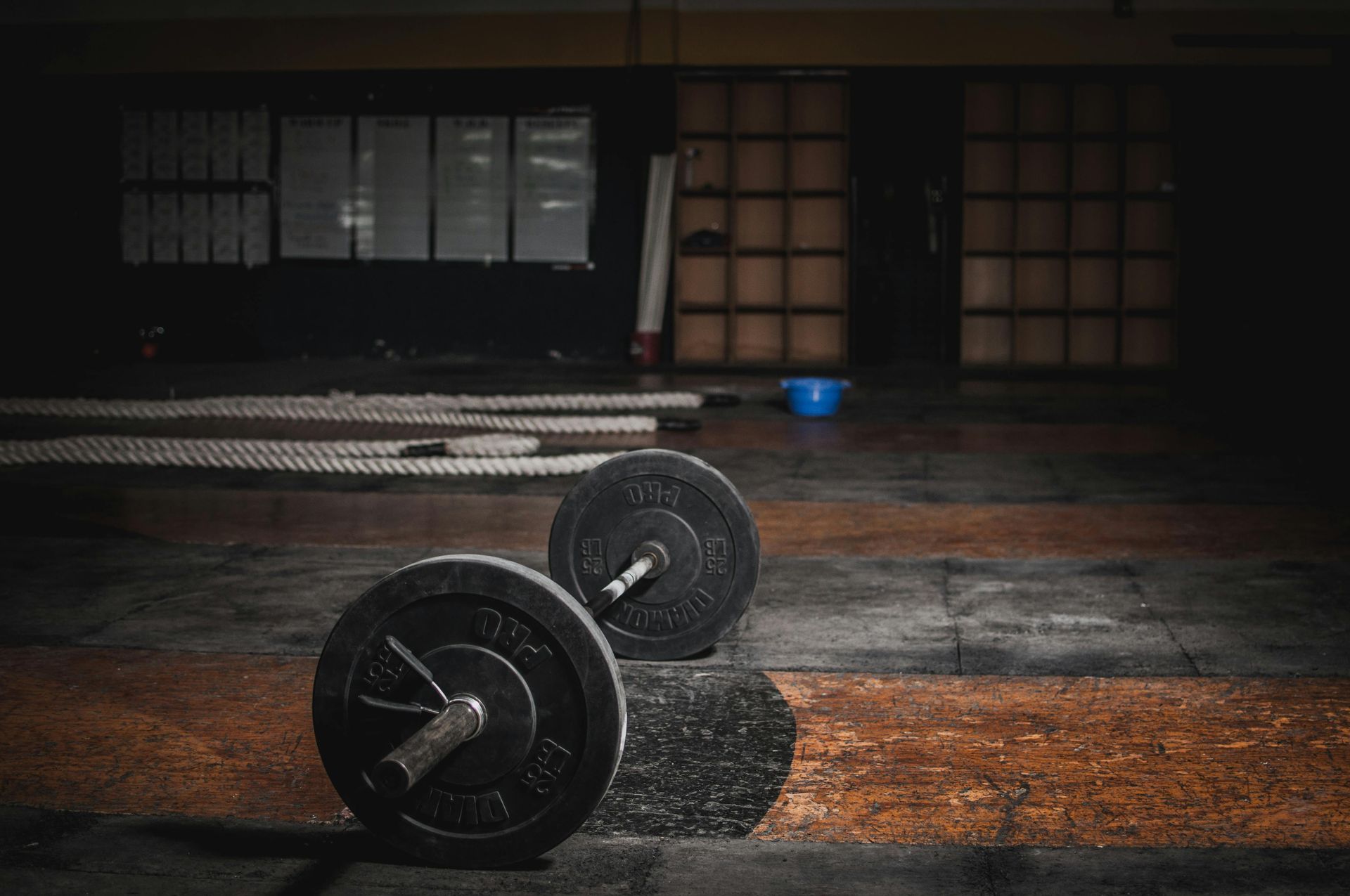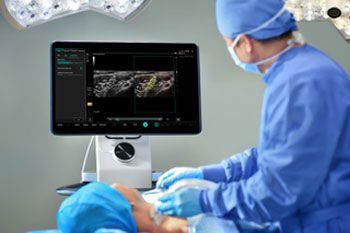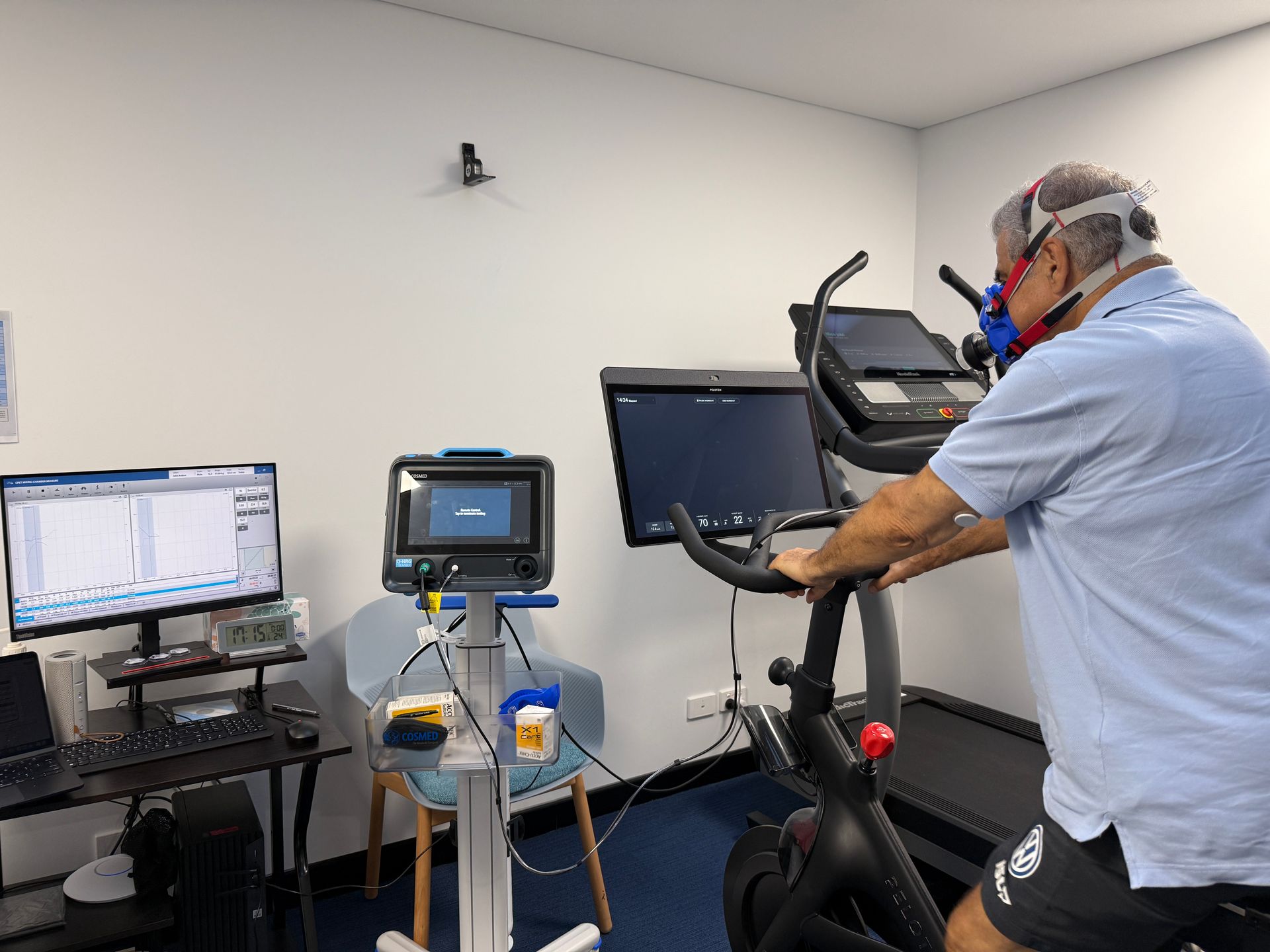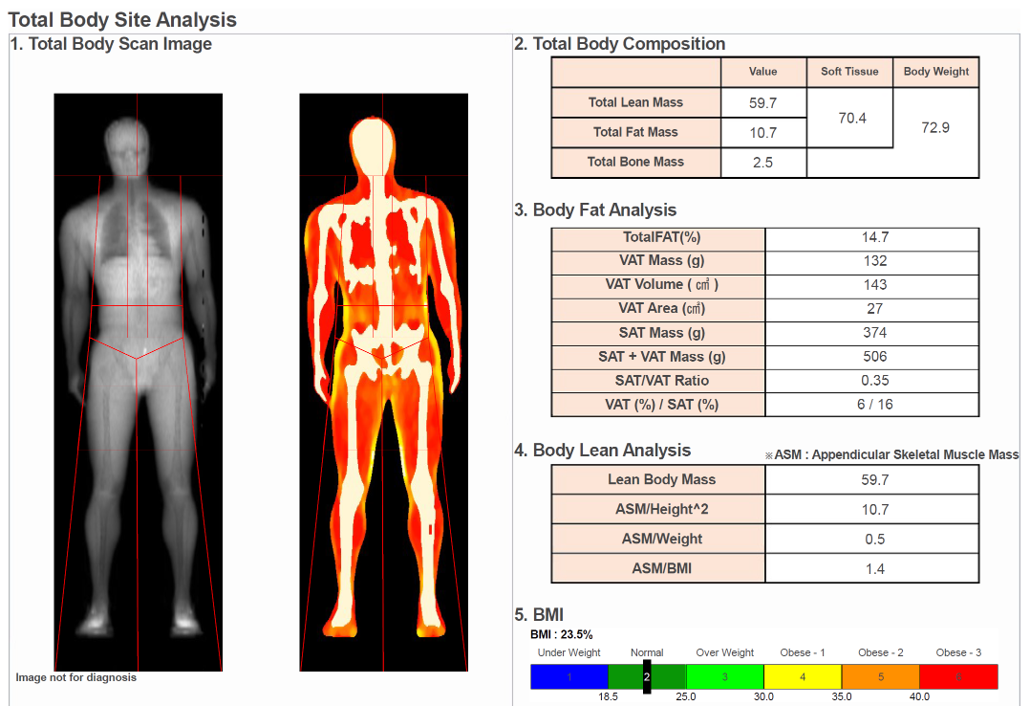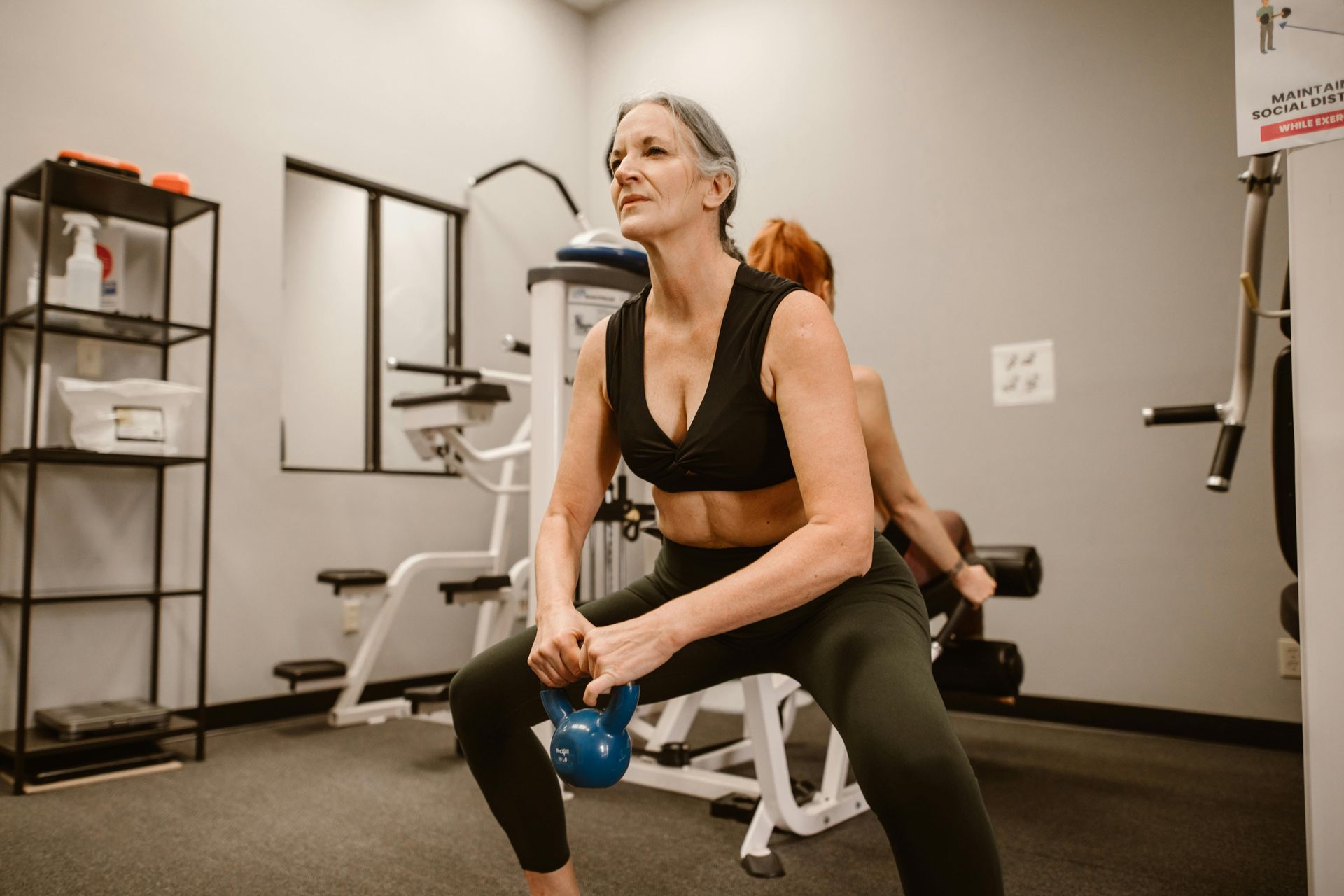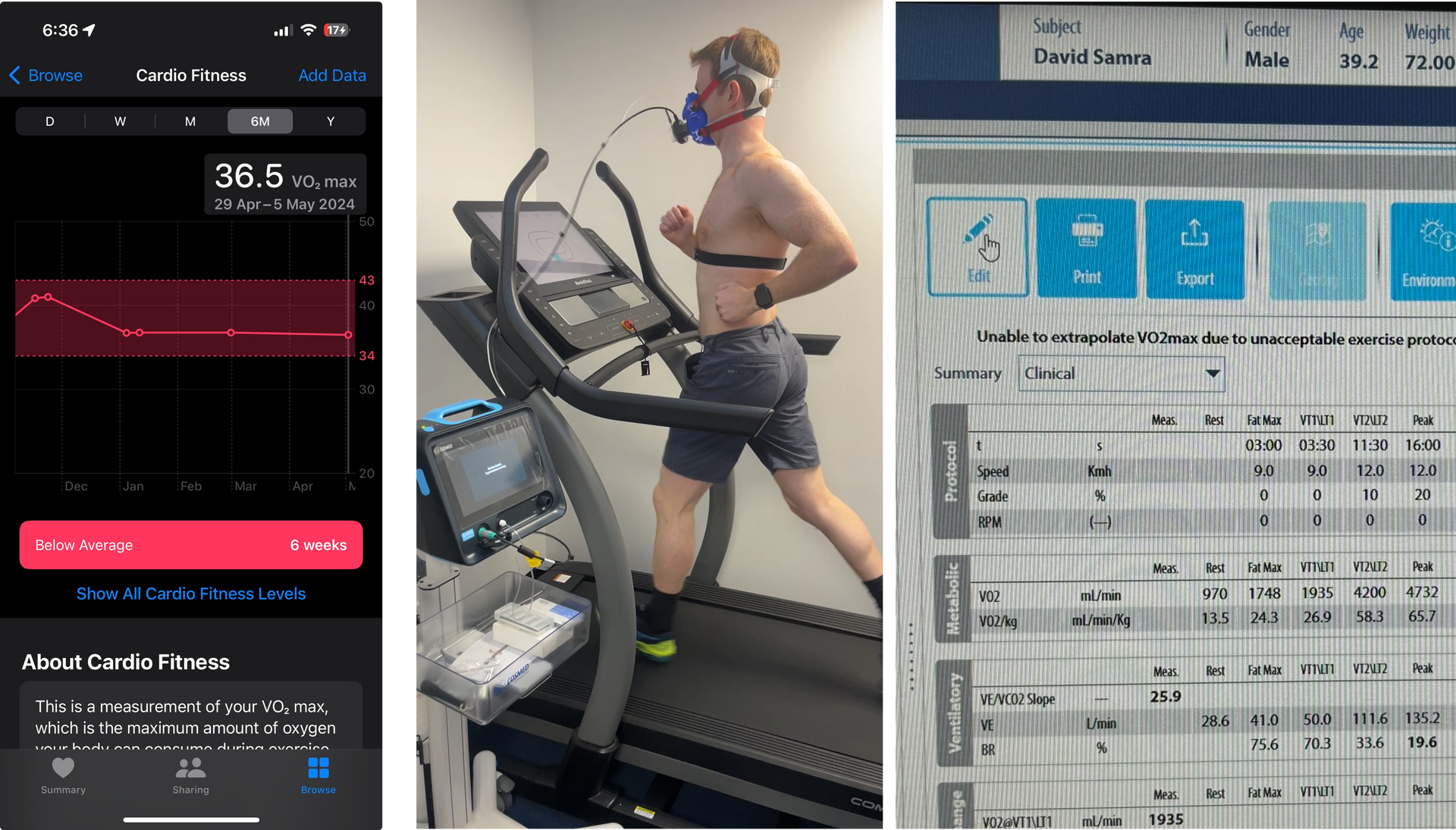Blood Flow Restriction (BFR) Training: A Game Changer in Strength, Rehab, and Recovery
Blood Flow Restriction (BFR) Training: A Game Changer in Strength, Rehab, and Recovery
At Progressive Sports Medicine, we’re constantly searching for smarter ways to help you move better, get stronger, and recover faster. One emerging tool backed by strong scientific evidence is Blood Flow Restriction (BFR) training.
Whether you're an injured athlete, recovering from surgery, or simply wanting to build muscle without lifting heavy, BFR offers a unique way to enhance results with less mechanical load on your body.
What is BFR Training?
BFR involves using a specialised cuff or tourniquet to partially restrict blood flow to a limb during exercise. This restriction reduces oxygen availability to the muscles, simulating high-intensity training — even when lifting light weights.
Originally developed in Japan as "kaatsu training," BFR has grown into a widely researched technique used across rehab clinics, high-performance centres, and sporting environments worldwide.
The Science-Backed Benefits
BFR has been shown to:
- Increase muscle strength and size using just 20–40% of your 1-rep max
- Improve aerobic capacity and endurance with low-intensity walking or cycling
- Reduce or prevent muscle loss during injury, surgery recovery, or immobilisation
- Provide a potent training effect without joint stress — ideal for post-operative rehab or those with inflammatory joint conditions
Studies have shown muscle hypertrophy effects comparable to heavy lifting — without the mechanical strain.
How We Use BFR at Progressive Sports Medicine
We apply BFR in three key ways:
1. BFR-RE (Resistance Exercise)
Using low loads (20–40% 1RM), we guide clients through sets of 30-15-15-15 reps with controlled cuff pressure (typically 40–80% arterial occlusion pressure). This promotes muscular growth and strength — perfect for when lifting heavy isn’t an option.
Other methods include working to maximal fatigue in the first set followed by 3 further sets to fatigue with a 30-60 second recovery.
2. BFR-AE (Aerobic Exercise)
By adding BFR during walking or cycling, we increase aerobic capacity and lower-body strength, especially in older adults or those recovering from injury. Just 15–20 minutes can elicit impressive adaptations.
Is BFR Safe?
Yes — when used properly. Safety depends on the correct pressure, cuff width, and protocol. At Progressive Sports Medicine, all BFR applications are tailored using clinical guidelines and the latest evidence to ensure:
- No excessive pressure
- Appropriate rest between sets
- Monitoring for numbness, discomfort, or cardiovascular symptoms
Research consistently shows minimal risk of blood clots, rhabdomyolysis, or vascular damage when BFR is used under expert supervision.
Who Should Consider BFR?
BFR is a powerful tool for:
- Post-operative rehab (ACL, rotator cuff, joint replacement)
- Tendon-related pain (patellar, Achilles, gluteal)
- Older adults wanting to maintain muscle without high-impact exercise
- Athletes aiming to maintain or rebuild strength during de-load or injury
- For anyone with moderate muscular atrophy looking for fast hypertrophic adaptations
Final Thoughts
BFR is a clinically validated technique that bridges the gap between rehab and performance. At Progressive Sports Medicine we incorporate BFR as part of evidence-based exercise physiology tailored to your goals, limitations, and recovery phase.
If you’re curious about whether BFR could work for you, get in touch for a consult and trial session.
